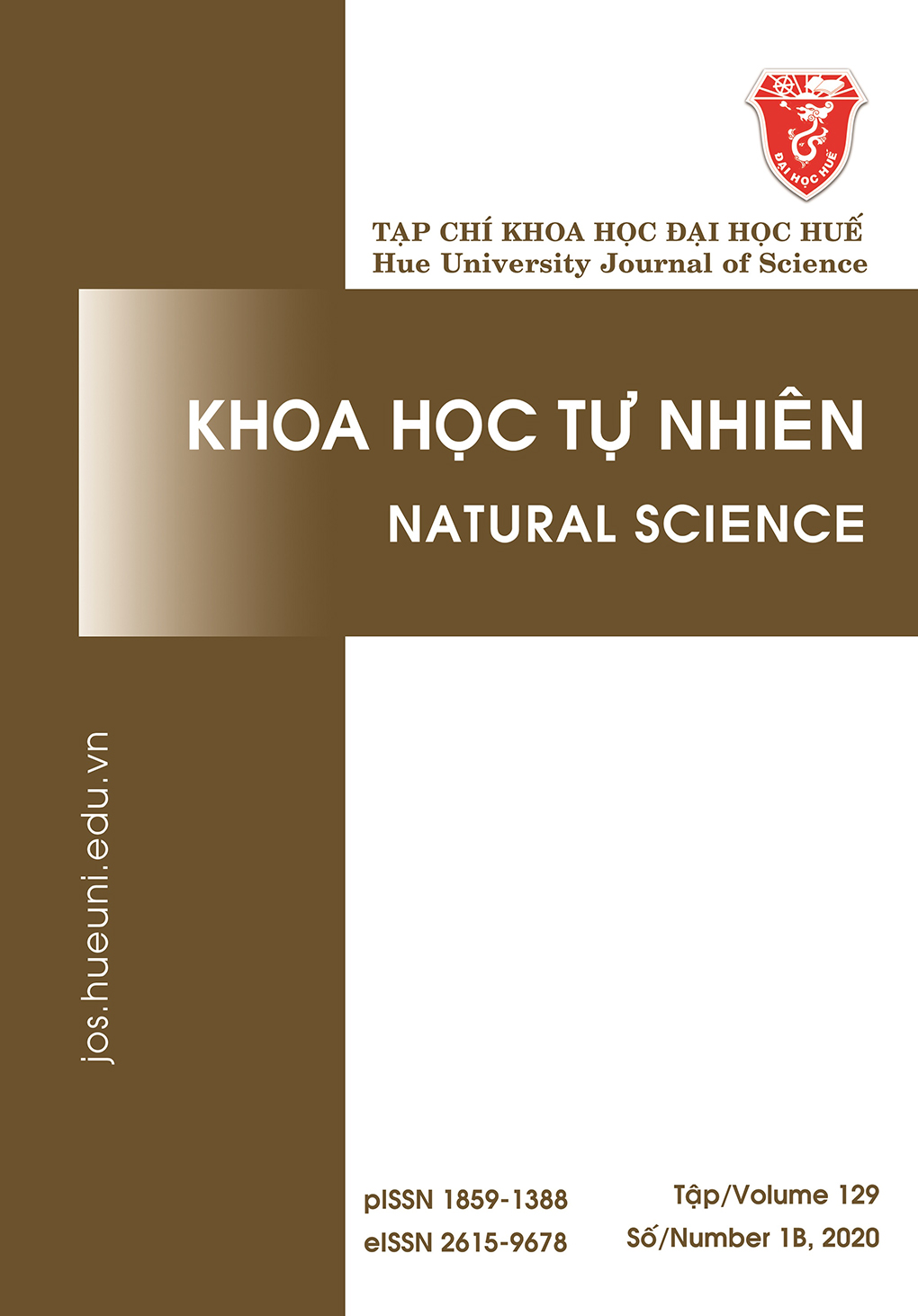Abstract
The sandwich-structured CdS/Au/TiO2 nanofibers (NFs) act as a photoanode in the photoelectrochemical cell (PEC) for hydrogen generation by splitting water. The gold nanoparticles sandwiched between the TiO2 nanofibers and the CdS quantum dots (QDs) layers play an important role in enhancing the solar-to-chemical-energy conversion efficiency. The structure and morphology of the materials were characterized by using field-emission scanning electron microscopy (FE–SEM), transmission electron microscopy (TEM) and X-ray diffraction (XRD). The surface plasmon resonance (SPR) of the Au nanoparticles was investigated by using ultraviolet-visible (UV–Vis) diffuse reflectance spectroscopy. The PEC properties of the photoanode were measured on a three-electrode electrochemical analyzer. The obtained photoconversion efficiency of the CdS/Au/TiO2 NFs is 4.1% under simulated-sunlight illumination with a 150 W xenon lamp. Working photoelectrode stability was tested, and the mechanism of the enhanced PEC performance was discussed.
References
- Khan SUM. Efficient Photochemical Water Splitting by a Chemically Modified n-TiO2. Science. 2002; 297(5590):2243-2245. DOI: 10.1126/science.1075035
- Hoang S, Guo S, Hahn NT, Bard AJ, Mullins CB. Visible Light Driven Photoelectrochemical Water Oxidation on Nitrogen-Modified TiO2 Nanowires. Nano Letters. 2011;12(1):26-32. DOI: 10.1021/nl2028188
- Sui R, Rizkalla AS, Charpentier PA. Formation of Titania Nanofibers: A Direct Sol−Gel Route in Supercritical CO2. Langmuir. 2005;21(14):6150-6153. DOI: 10.1021/la0505972
- Caratão B, Carneiro E, Sá P, Almeida B, Carvalho S. Properties of Electrospun TiO2 Nanofibers. Journal of Nanotechnology. 2014;2014:1-5. DOI: http://dx.doi.org/10.1155/2014/472132
- Chang C, Lee H, Chen C, Wu Y, Hsu Y, Chang Y, et al. A novel rotating electrochemically anodizing process to fabricate titanium oxide surface nanostructures enhancing the bioactivity of osteoblastic cells. Journal of Biomedical Materials Research Part A. 2012;100A(7):1687-1695. DOI: 10.1002/jbm.a.34117
- Wang H, Liu Y, Zhong M, Xu H, Huang H, Shen H. In situ controlled synthesis of various TiO2 nanostructured materials via a facile hydrothermal route. Journal of Nanoparticle Research. 2010;13(5):1855-1863. DOI: https://doi.org/10.1007/s11051-010-9933-2
- Biernat K, Malinowski A, Malwwina G. The Possibility of Future Biofuels Production Using Waste Carbon Dioxide and Solar Energy. In: Zhen F, editors. Biofuels – Economy, Environment and Sustainability. London (UK): IntechOpen Limited; 2013. p. 123-172.
- Dholam R, Patel N, Adami M, Miotello A. Hydrogen production by photocatalytic water-splitting using Cr- or Fe-doped TiO2 composite thin films photocatalyst. International Journal of Hydrogen Energy. 2009;34(13): 5337-5346. DOI: 10.1016/j.ijhydene.2009.05.011
- Luo J, Ma L, He T, Ng CF, Wang S, Sun H, Fan HJ. TiO2/(CdS, CdSe, CdSeS) Nanorod Heterostructures and Photoelectrochemical Properties. The Journal of Physical Chemistry C. 2012;116(22):11956-11963. DOI: dx.doi.org/10.1021/jp3031754
- Li J, Cushing SK, Zheng P, Senty T, Meng F, Bristow AD, Manivannan A, Wu N. Solar Hydrogen Generation by a CdS-Au-TiO2 Sandwich Nanorod Array Enhanced with Au Nanoparticle as Electron Relay and Plasmonic Photosensitizer. Journal of the American Chemical Society. 2014;136(23):8438-8449. DOI: 10.1021/ja503508g
- Wang H, You T, Shi W, Li J, Guo L. Au/TiO2/Au as a Plasmonic Coupling Photocatalyst. The Journal of Physical Chemistry C. 2012;116(10):6490-6494. DOI: 10.1021/jp212303q
- Fang J, Xu L, Zhang Z, Yuan Y, Cao S, Wang Z, et al. Au@TiO2–CdS Ternary Nanostructures for Efficient Visible-Light-Driven Hydrogen Generation. ACS Applied Materials & Interfaces. 2013;5(16):8088-8092. DOI: 10.1021/am4021654
- Xu F, Mei J, Zheng M, Bai D, Wu D, Gao Z, et al. Au nanoparticles modified branched TiO2 nanorod array arranged with ultrathin nanorods for enhanced photoelectrochemical water splitting. Journal of Alloys and Compounds. 2017;693:1124-1132. DOI: 10.1016/j.jallcom.2016.09.273
- Song K, Wang X, Xiang Q, Xu J. Weakened negative effect of Au/TiO2 photocatalytic activity by CdS quantum dots deposited under UV-vis light illumination at different intensity ratios. Physical Chemistry Chemical Physics. 2016;18(42):29131-29138. DOI: 10.1039/c6cp05739j
- Su F, Wang T, Lv R, Zhang J, Zhang P, Lu J, et al. Dendritic Au/TiO2 nanorod arrays for visible-light driven photoelectrochemical water splitting. Nanoscale. 2013;5(19):9001. DOI: 10.1039/c3nr02766j

This work is licensed under a Creative Commons Attribution-ShareAlike 4.0 International License.
Copyright (c) 2020 Array





